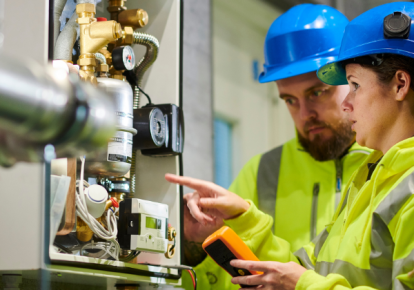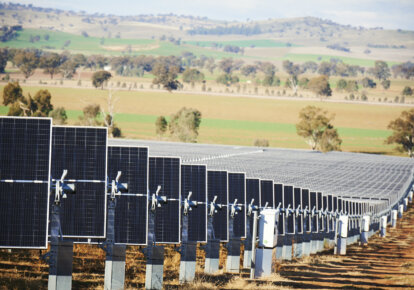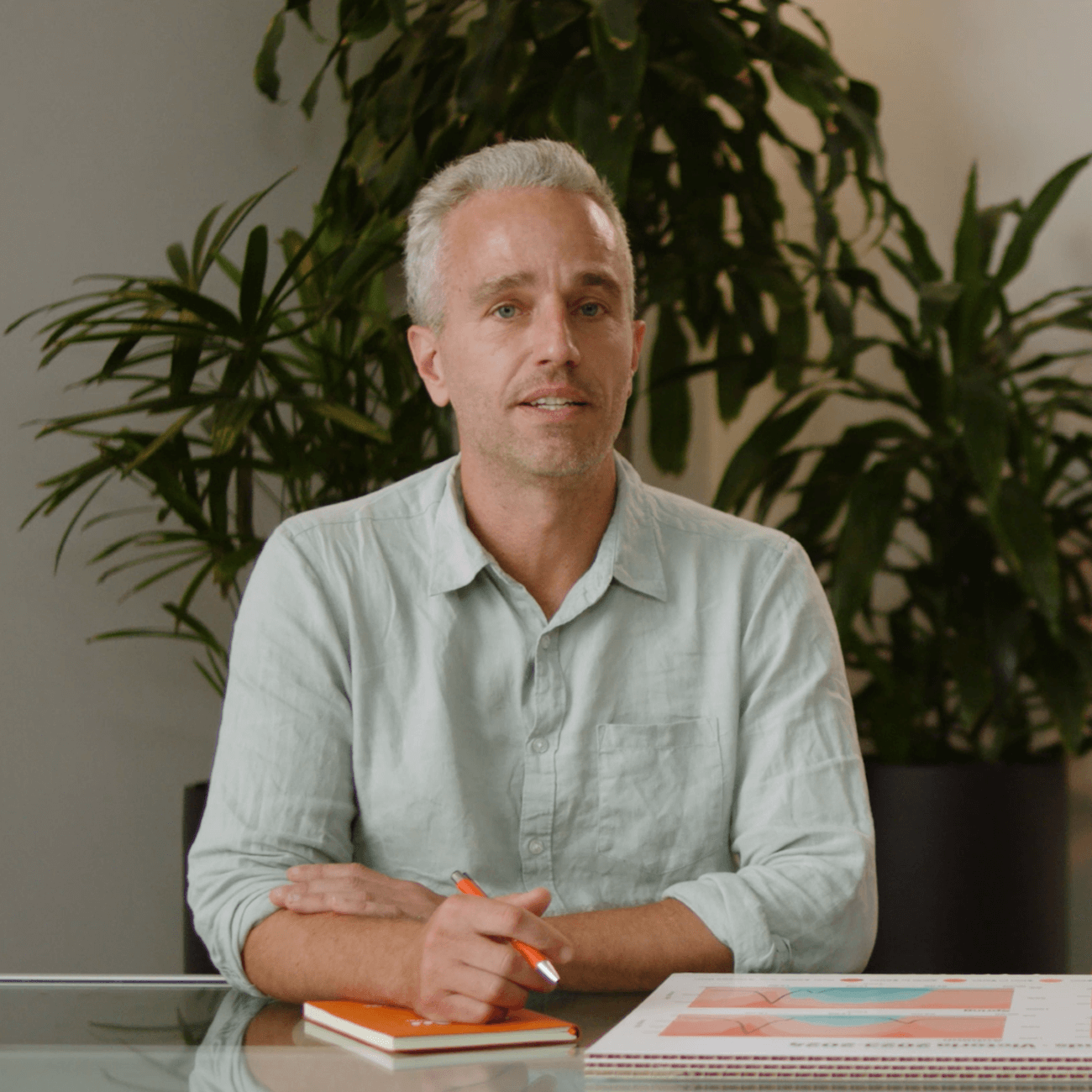The 2024-25 Federal Budget was announced this week, with a promise to deliver billions of dollars to accelerate Australia’s transition to a clean energy superpower.
It’s the biggest clean energy budget in Australian history and appears positive for the renewable transition as a whole – but what does it mean for the average Australian energy consumer?
We’ve asked Flow Power’s energy specialists to break down the key takeaways and explain how the changes are expected to impact Australian businesses and households.
Here’s a look at some of the key clean energy announcements:
- $5.1 billion boost to the Australian Renewable Energy Agency (ARENA)
ARENA will receive a $5.1 billion boost, enabling it to spearhead the development and commercialisation of new renewable energy technologies.
This includes $1.7 billion for the Future Made in Australia innovation fund, which aims to unlock private capital for emerging sectors including green metals, batteries and low carbon liquid fuels. $1.5 billion of the total will be dedicated to enhancing Australian solar and battery manufacturing capabilities.
- $1.4 billion over 11 years to support the manufacturing of clean energy technologies
This total includes $96.6 million to streamline environmental approvals for renewable energy projects and transmission, aimed to help address a major bottleneck that has delayed progress in recent years.
Improvements will be made to regulatory processes and targeted scientific studies will be undertaken to improve the environmental data used in decision making. This aims to provide greater certainty for investors and expedite the development of more clean energy projects to support growing demand.
- $7 billion over 11 years to the critical minerals sector
$7 billion has been allocated to the Critical Minerals Production Tax Incentive, which aims to secure Australia’s supply chains and position the country as a leader in the global critical minerals market. These minerals are crucial for sustaining growth in the development of EVs and battery energy storage systems.
Additional investments will be made in advancing understanding of Australia’s critical minerals, strategic materials and other resources necessary for net zero transition through a Resourcing Australia’s Prosperity program.
- $3.5 billion for electricity bill relief
This budget is being released at a time of high inflation and with cost-of-living being front of mind. From 1 July 2024, all households will receive a $300 credit on their electricity bills. Around 1 million small businesses will receive $325 worth of credit.
Unlike previous bill relief measures which would typically target lower income groups, this is being offered to all households.
- $91 million to bolster the clean energy workforce
For a transition of this scale, significant investment in the education and expansion of Australia’s clean energy workforce is required. Workforce initiatives to support this include $50 million for capital and equipment investment in TAFE and RTOs to enhance clean energy skills training, plus $30 million invested in the clean energy teacher, trainer and assessor workforce.
To help diversify the workforce, the Building Women’s Careers Program will receive $55.6 million to encourage women’s participation in traditionally male-dominated industries, including clean energy.
- $47.7 million over 4 years for consumer energy resources reform
This $47.7 million boost aims to ensure consumers benefit from the renewable transition, with energy bill relief provided to households and eligible small businesses.
Additional initiatives include a ‘one-click-switch’ to a cheaper energy deal to cut excess fees and charges, investment in the Australian Energy Regulator to boost capacity and information for households on energy choices and a review of electricity market laws to ensure consumers can be protected from misconduct.
The start of a fossil-free future?
There’s plenty to feel positive about in this year’s budget – climate and renewable energy leaders are calling it a significant turning point for an economy that has long been tied to coal and gas.
And notably – there’s no new funding for fossil fuels, with Climate Council CEO, Amanda McKenzie, stating, “gas and coal are not part of the budget’s vision for a Future Made in Australia, underlining that our next era of prosperity can be built on cleaner foundations.”
However, this budget is coming on the heels of the Federal Government announcing its Future Gas Strategy, which supported the development of new sources of gas for domestic and international uses. With all these mixed messages about gas versus renewables, it’s no surprise consumers often feel left in the dark when it comes to the truth about energy.
Where the budget falls short
As always, the budget has been received with mixed reviews – and it’s set to benefit some consumers significantly more than others.
At Flow Power, we know how crucial households and businesses are to the acceleration of the renewable transition, and they need to be brought to the forefront of energy and climate policy.
While energy bill relief is a quick fix for consumers contending with an ongoing cost-of-living crisis, the absence of funding for household and business electrification feels shortsighted.
Government subsidies for homes and businesses purchasing an EV or making the switch to electric appliances would provide more meaningful long-term savings, while helping consumers ditch fossil fuels for good.
So, what can we take away from this year’s Federal Budget?
Overall – we’re on the right track. It’s positive to see the Federal Government focusing on the enormity of the challenges of cleaning up our economy.
The focus on domestic manufacturing and adding value into critical mineral supply chains is part of a global shift toward increasing the diversification of clean energy supply chains.
Unfortunately, for homes and businesses feeling the pinch, most of the support in the budget was short-term bill relief.
The budget didn’t allocate much focus to helping energy users shift their energy usage away from fossil fuels toward renewable electricity. This is a central challenge of the energy transition and one that is only going to become more pressing.
Flow Power’s vision for change
We would have liked to see more money allocated to initiatives such as electrification of households and industry, supporting uptake of EVs and batteries, and encouraging greater demand side participation in the energy transition.
We also think governments across the country could focus more on empowering energy users to be a part of the transition.
While we can throw billions of dollars into the development of domestic manufacturing and critical minerals, we can’t lose sight of the importance of educating the average consumer about how and when to use energy. Educating and rewarding consumers for making these changes will make our broader transition easier, cheaper and faster.
Questions about what the budget means for your business?
We’re here to help.
You don’t need to wait for the Federal Government to incentivise your switch to cleaner, cheaper energy. Flow Power can connect you to a smarter way to use energy, today.
Contact us now to learn more.














